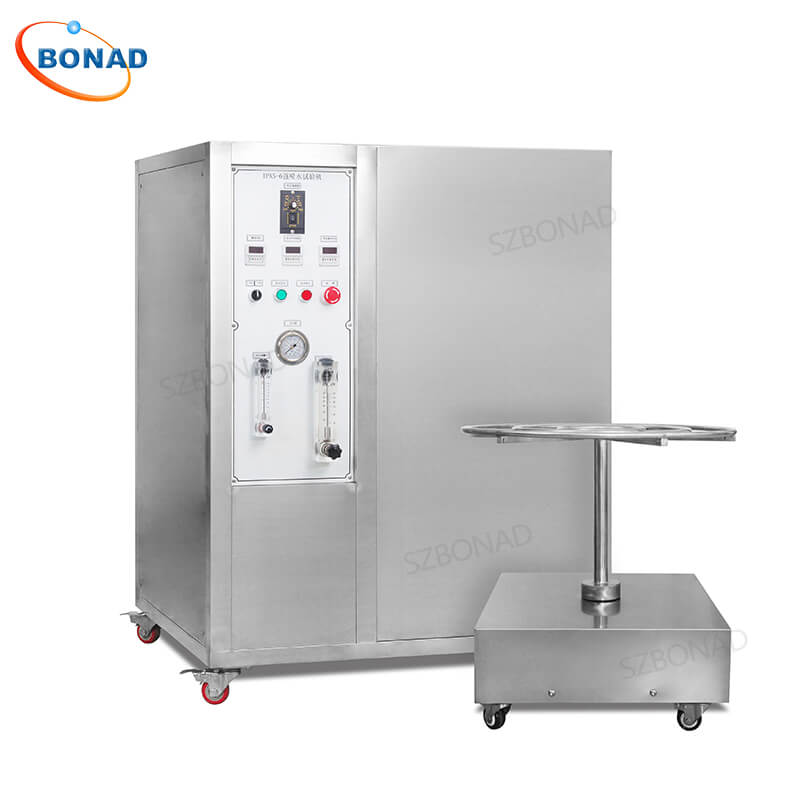The Basics of Ingress Protection Codes
The IP Code consists of two digits. The first digit, represented as “X” in this context, ranges from 0 to 6 and indicates protection against solid particles like dust and fingers. The second digit, which is 7 or 8 in immersion tests, signifies the level of water protection.
Let’s delve into the specifics of IPX7 and IPX8 tests as outlined by the IEC 60529 standard.
IPX7 Immersion Testing
IPX7 testing involves submerging a device in water up to one meter deep for a specific duration. The primary criterion is that water ingress should not occur in quantities that could be harmful. Here’s a step-by-step overview:
- Test Setup: Ensure the device is powered off and all ports are securely sealed.
- Water Tank: Use a tank large enough to immerse the device completely.
- Immersion: Submerge the device at a depth of one meter for 30 minutes.
- Inspection: After removal, inspect for any signs of water ingress or damage.
A product with an IPX7 rating successfully meets these requirements.
IPX8 Immersion Testing
IPX8 testing goes beyond one meter depth and often involves continuous immersion. The specific conditions and duration are typically defined by the manufacturer but generally include:
- Test Setup: Similar to IPX7, ensure all openings are sealed.
- Water Tank: Use a larger tank to accommodate deeper immersion.
- Immersion: Submerge the device as specified by the manufacturer, often for an extended period.
- Inspection: Post-immersion, check for any signs of water damage or moisture.
Devices with an IPX8 rating can withstand these rigorous conditions.
Laboratory Testing Procedures for IPX7 and IPX8
Testing procedures for both ratings involve meticulous preparation and inspection:
- IPX7 Procedure:
- Prepare the device ensuring all seals are intact.
- Immerse in a tank at one meter depth for 30 minutes.
- Inspect thoroughly after removal.
- IPX8 Procedure:
- Similar preparation as IPX7 but requires a deeper tank.
- Immerse beyond one meter depth as per specified duration.
- Conduct detailed inspection post-immersion.
Importance of Immersion Compliance Testing
Immersion compliance testing has become pivotal, especially in consumer electronics like smartphones and smartwatches where water resistance is a significant selling point. Military and industrial equipment also undergo these tests to ensure durability under harsh conditions.
For instance, mining machinery and marine equipment must meet stringent ingress protection standards due to their exposure to wet environments. Additionally, waterproof fabrics now undergo similar testing to validate their resilience against water penetration.
Manufacturers leverage these tests to gain a competitive edge by advertising their products’ superior water resistance capabilities.
IPX7 and IPX8 immersion test equipment
IEC60529 IPX7 water immersion electric lifting test equipment stainless steel type:

IEC60529 IPX8 pressure immersion test machine:

Summary Table of IP Ratings
Below is a summary table indicating various levels of protection:
| IP Rating | Degree of Protection Against Solid Foreign Objects | Degree of Protection Against Water |
|---|---|---|
| IP08 | Not Protected | Immersion beyond 1 m |
| IP18 | Solid object >50 mm | Immersion beyond 1 m |
| IP28 | Solid object >12.5 mm | Immersion beyond 1 m |
| IP38 | Solid object >2.5 mm | Immersion beyond 1 m |
| IP48 | Solid object >1 mm | Immersion beyond 1 m |
| IP58 | Dust protected | Immersion beyond 1 m |
| IP68 | Dust tight | Immersion beyond 1 m |
| IP07 | Not Protected | Immersion up to 1 m |
| IP17 | Solid object >50 mm | Immersion up to 1 m |
| IP27 | Solid object >12.5 mm | Immersion up to 1 m |
| IP37 | Solid object >2.5 mm | Immersion up to 1 m |
| IP47 | Solid object >1 mm | Immersion up to 1 m |
| IP57 | Dust protected | Immersion up to 1 m |
| IP67 | Dust tight | Immersion up to 1 m |
For detailed information on all possible combinations, refer to comprehensive charts available at specialized resources.


